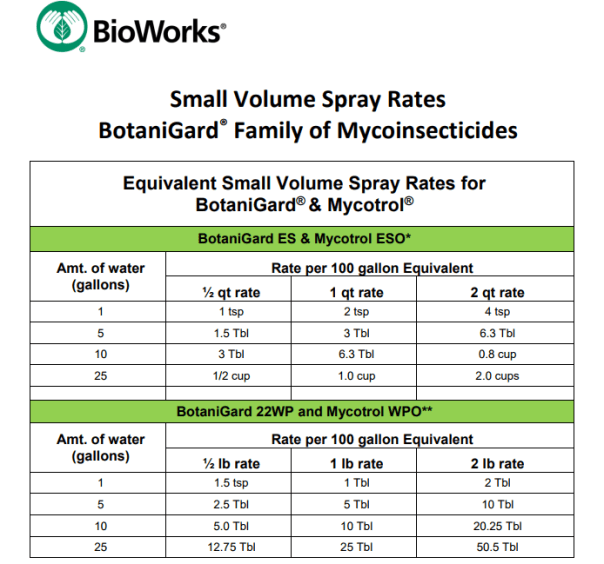by Moriah LaChapell

(c) A. M. Varela, icipe -Generalized Aphid Lifecycle
Rice Root Aphid (Rhapolosiphum rufiabdominalis) (RRA) is an olive-green insect with a round body. The wingless stages develop on roots and survive in all types of substrate. Periodically, winged aphids emerge from the soil and disperse to other plants. The root aphids are frequently observed when the winged adults are trapped on plant structures such as developing flowers or leaf hairs. Reproduction by rice root aphids is entirely asexual; no males are produced and females give live birth to genetically identical daughter aphids. They develop rapidly and will mature in about 9-10 days. The adults can live for about a month during which time they can produce several new daughters each day. At 73 degrees F, an optimal temperature, rice root aphid populations can double every 1.6 days

Rhopalosiphum rufiabdominalis National Bureau of Agricultural Insect Resources (NBAIR) Bangalore, India
RRA is most strongly correlated with indoor plant production. The organism is distributed worldwide with a wide host range. RRA is most often associated with fibrous rooted plants such as barley and grasses. ¹ RRA was originally described in Japan where the pest alternates hosts between Prunus spp. and the underground parts of many types of herbaceous plants. In the Eastern Asia region, the aphid alternates between winter and summer hosts. In warmer climates, enclosed indoor production and greenhouses worldwide they reproduce parthenogenetically. Meaning the aphids born by parthenogenesis are produced when an egg develops without fertilization. These aphids can inhabit warm environments everywhere because they can survive winter conditions as overwintering (mitotically derived) eggs. ²
The Significance of Overwintering Eggs in Substrate
At this time, it is difficult to determine exactly how RRA infest many indoor growing facilities. The winged females could enter the facility through vents and doors. The eggs could also be present in substrate, regardless of the type of media. Heat sterilization of media could help protect indoor production from infestations of RRA. 30 minutes of 170 degree heat has the potential to sterilize media and control overwintering RRA eggs.

Management Techniques
If you have determined that you have RRA in your plants, it’s important to act quickly to control the population. If you are an organic grower concerned about Minimum Residue Levels or testing for pesticide residue in finished crops, consult your approved list of products before making decisions that effect the salability of the crop.
Biopesticides
Approved mycoinsecticides can significantly suppress root aphid populations. The mode of action of the mycoinsecticide Botanigard (Beauveria bassiana) is unlike any conventional insecticide. The applied spores infect directly through the outside of the insect’s cuticle (the skin). Spores adhering to the host will germinate and produce enzymes that attack and dissolve the cuticle, allowing it to penetrate the skin and grow into the insect’s body. As the insect dies, it will change color to pink or brown, and eventually the entire body cavity is filled with fungal mass. The most common visible indication of insect death is a discoloration of the larvae or pupae. It is not necessary for a white fungal growth to occur to know the product is working; the insect is killed before this happens.
Another mycoinsecticide called PFR 97 is Isaria fumosorosea, the active component in PFR–97™ 20%. WDG, is an entomopathogenic fungus found in infected and dead insects as well as in some soils that infects many insect and mite pests that occur on foliage and other above-ground plants, as well as many soil-dwelling pests. This product has a short shelf life and must be stored in refrigeration.
Neem (azadirachtin) and Pyrethrin can also be employed to control populations of RRA. The products can be applied as a tank mix or used alone. Do not rely on a single active ingredient for control.
Beneficial Insects and Entomopathogenic Nematodes
Growers will occasionally contact beneficial insect suppliers who sell products online or in a store front. It is important to note that beneficial insects and entomopathogenic nematodes have not been proven to control RRA. Monitor expectations about the efficacy of soil dwelling beneficial insects and nematodes. I recommend that you implement these tools after you have controlled populations with approved soil drenches of biopesticides. Soil beneficial insects also control many other types of pests such as fungus gnats, thrips and shore fly.

Summary
| Products | Active Ingredient | Application Frequency |
| Botanigard | Beauveria bassiana | Weekly |
| PFR 97 | Isaria fumosorosea | Weekly |
| Azaguard | Azadirachtin | Weekly |
| Botanigard Maxx | Beauveria bassiana plus Pyrethrin | Weekly |
________
1.http://webdoc.agsci.colostate.edu/hempinsects/PDFs/Rice%20Root%20Aphid%20extra%20info.pdf Pest Management of Hemp in Enclosed Production Colorado State University retrieved 12/10/17 Emily Luna
2. http://www.bulletinofinsectology.org/pdfarticles/vol68-2015-073081rakauskas.pdf Bulletin of Insectology 68 (1) 73-81 ; 2015 Rhapalosiphum rufiabdominale First Records from Winter Host Plants in Europe
3. http://grunwaldlab.cgrb.oregonstate.edu/sites/default/files/SafeProduction.pdf Safe Procurement and Production Manual A Systems Approach for the Production of Healthy Nursery Stock By John A. Griesbach, Jennifer L. Parke, Gary A. Chastagner,
Niklaus J. Grünwald and John Aguirre
